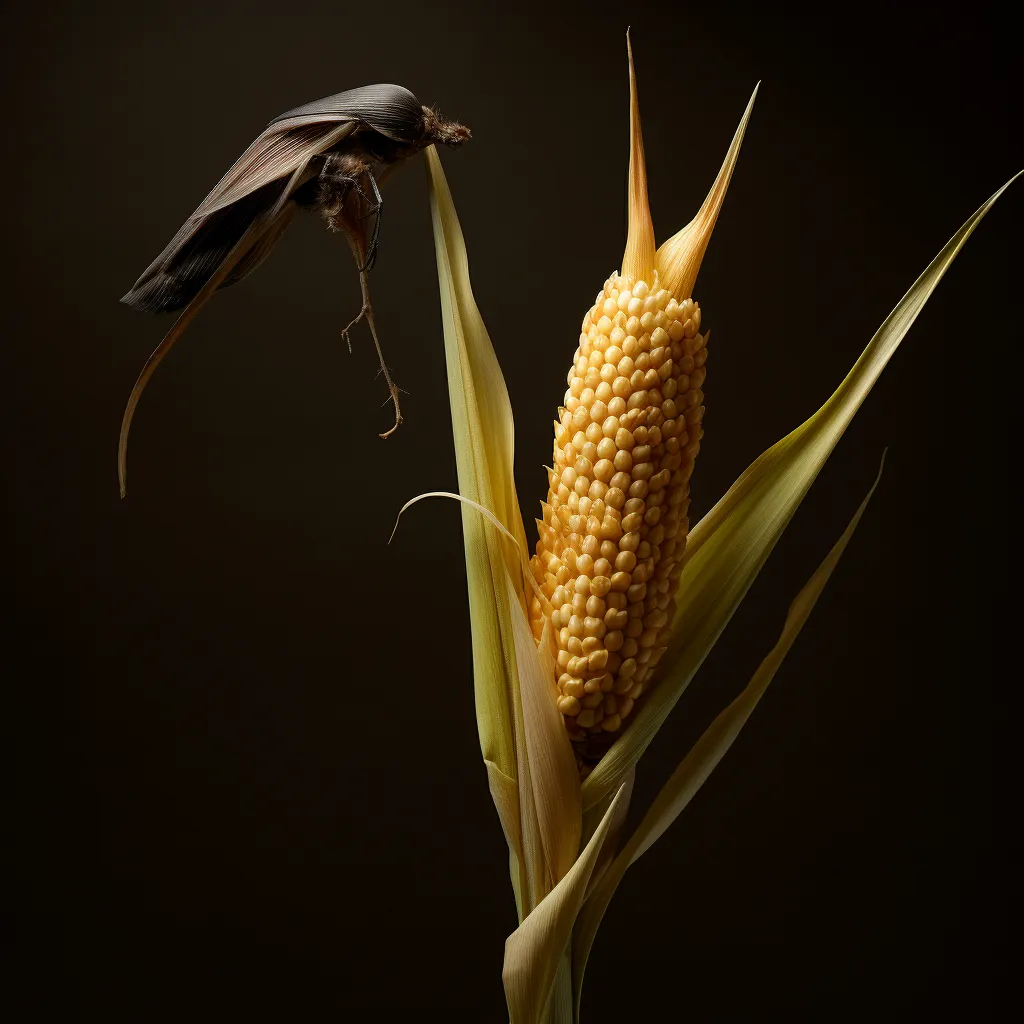Story of Day :
Contents
Zea mays Swift (Sweet Corn Swift) Plant Care Tips
Growing sweet corn can be a delightful experience for any gardener.
One popular variety is Zea mays Swift, also known as sweet corn Swift.
This extra-tender sweet corn variety is delicious and easy to grow.
In this article, we will provide you with some valuable care tips to ensure a successful harvest.
Choosing the Right Location
The first step in growing Zea mays Swift is selecting the right location for your plants.
Sweet corn requires full sun, so choose an area in your garden that receives at least six hours of direct sunlight each day.
The soil should be well-drained and rich in organic matter.
Tips:

- Select an open area away from tall trees or buildings that may shade the plants.
- Test the soil pH level before planting; sweet corn prefers slightly acidic soil with a pH range of 6.0-7.0.
- Add compost or well-rotted manure to improve soil fertility and structure before planting.
Sowing Seeds and Transplanting Seedlings
Sweet corn seeds can be directly sown into the ground once the soil has warmed up after winter or started indoors if you have a short growing season or want an early start on your crop.
- If starting indoors:

- If sowing directly into the ground:
Tips:

- Consider planting in blocks rather than long single rows to improve pollination rates and kernel development.
- Water the soil well after sowing or transplanting to ensure good seed-to-soil contact and encourage germination.
Maintaining Optimal Growing Conditions
To maximize growth and yield, sweet corn plants require proper care throughout the growing season.
Here are some essential tips for maintaining optimal conditions:
- Irrigation:

Water deeply once a week if rainfall is insufficient, providing about an inch of water per week.
(Note: Avoid overhead watering late in the day to reduce disease risks.)
Fertilization:
- Apply a balanced fertilizer when plants reach a height of approximately one foot.
- Common pests that can affect sweet corn include corn earworms, armyworms, and aphids.
Monitor your plants regularly for signs of infestation, such as chewed leaves or sticky residue from aphids.
- Use organic pest control methods like handpicking caterpillars or spraying with insecticidal soap to minimize damage.
- Pull back the husk slightly to check if tassels are brown before harvesting each ear of corn.
- Twist each ear downward to snap it off at the base.
- For best flavor, cook immediately after harvest as sugars begin converting into starch within hours of picking.
Use a slow-release granular fertilizer or organic options like compost or aged manure.
(Tip: Sweet corn is a heavy feeder; consider side-dressing with nitrogen-rich fertilizers during mid-season).
- Pest Control :
Pest Control :
Harvesting:
Sweet corn is ready for harvest when the silks turn brown and dry, and the kernels are plump and milky when pierced with a fingernail.
Harvesting should be done early in the morning when temperatures are cooler to preserve flavor.
In Conclusion
Growing Zea mays Swift (sweet corn Swift) can be a rewarding experience.
By selecting an appropriate location, sowing seeds or transplanting seedlings correctly, maintaining optimal growing conditions through irrigation and fertilization while implementing proper pest control measures will ensure a bountiful harvest.
Remember to harvest at peak ripeness for maximum sweetness.
Enjoy your homegrown sweet corn in delicious recipes all summer long!